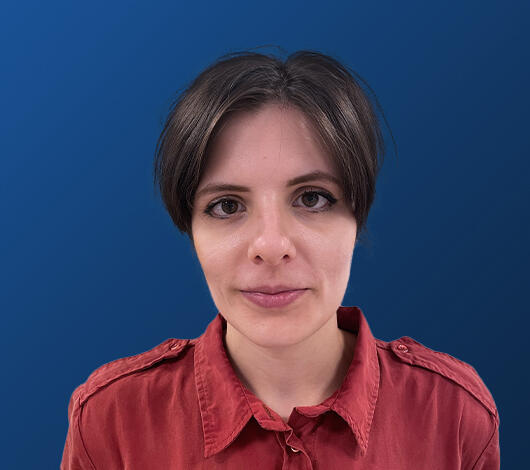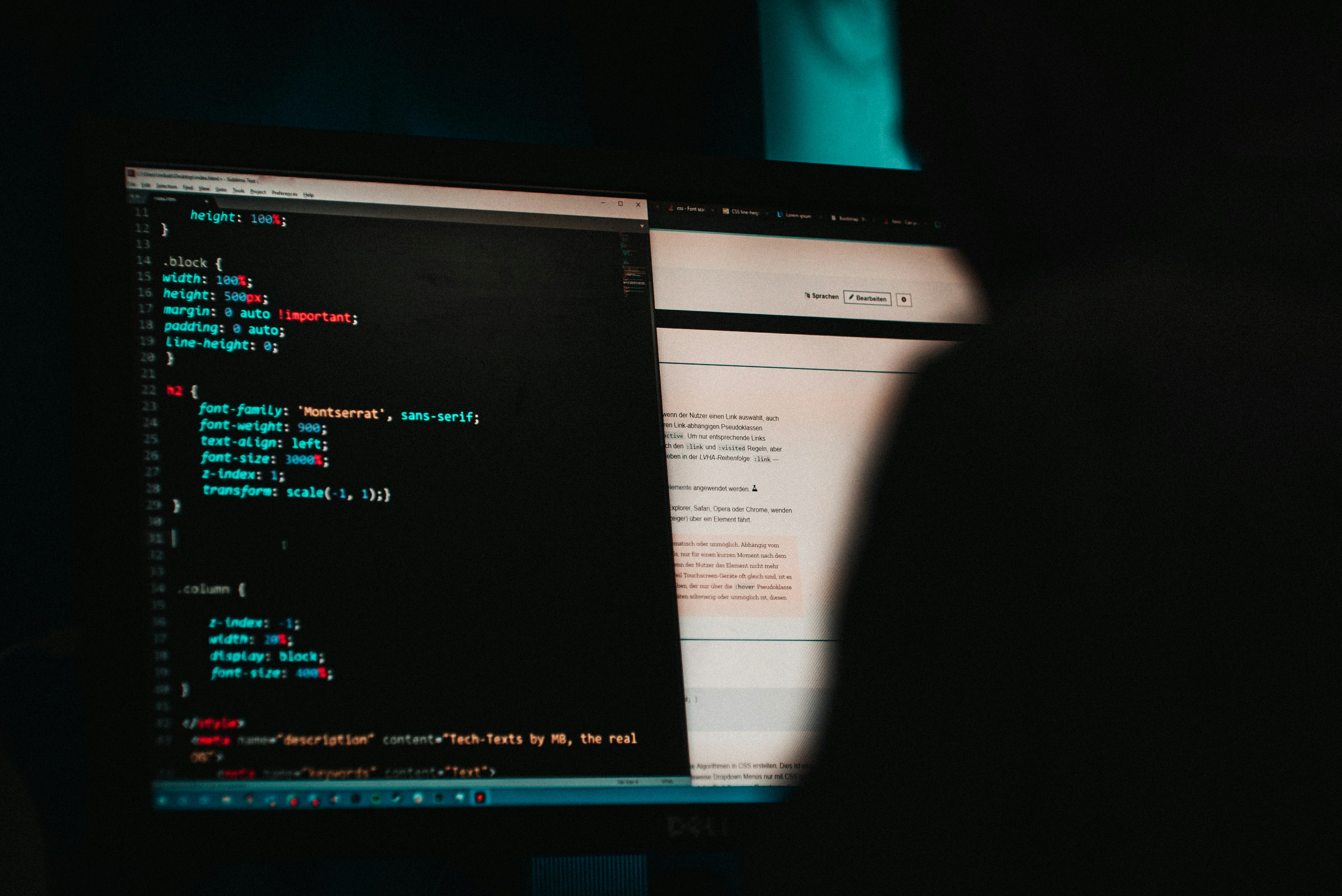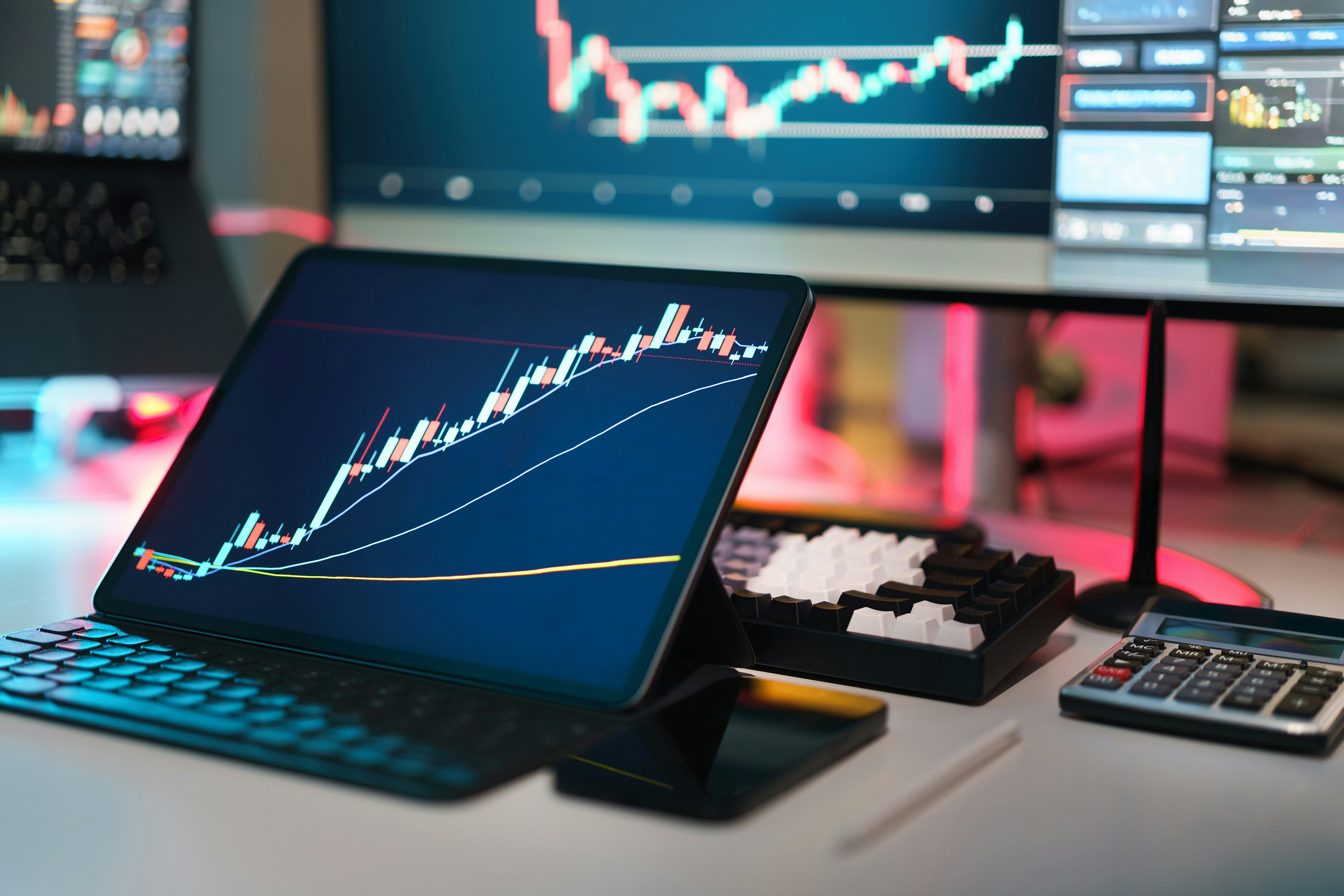Exploring Mars Thanks to Artificial Intelligence
SPACE EXPLORATION BETWEEN PROBES AND ROVERS
Space exploration is rarely carried out by astronauts: the main exploration projects currently active are based on fully or partially automated spacecraft.
Space Probes, unmanned spacecraft, are capable of determining the physical, chemical, and geological characteristics of a celestial body by quickly flying over it or entering its orbit.
Rovers, on the other hand, equipped with sophisticated sensors, cameras, and measuring instruments, are able to move on the surface of planets and asteroids and in some cases even collect material samples to bring back to Earth, overall recovering more precise information compared to Probes.
For this reason, Rovers are particularly valuable and in the future could also be used in explorations outside the Solar System.
AN ALGORITHM FOR EXPLORATORY ROVERS
One of the biggest obstacles for exploration with Rovers, however, is the difficulty of navigating the surface. In totally alien territories, never explored before, Rovers often encounter unexpected paths that they do not recognize, sometimes dangerous.
Two of the most successful Martian Rovers, Opportunity and Curiosity, were stuck in the sand for weeks, while their most successful predecessor, Spirit, ceased to function after being trapped in a sand pit.
For this reason, the Jet Propulsion Laboratory (JPL) of NASA is developing an algorithm capable of classifying in real-time the type of terrain and surrounding conditions, the SPOC (Soil Property and Object Classification Algorithm).
Rovers equipped with the automatic classifier will be able to recognize the most suitable areas to rest, move, and hibernate, thus having a safer and less complicated journey.
SPOC AND ITS SPECIAL TRAINING
The JPL team led by engineer Hiro Ono has been working for several years on the development of SPOC Algorithms and has developed four so far.
The simplest ones, SPOC-Lite and SPOC-HPSC/SNPE use rather basic Machine Learning models (Support-Vector Machines) and will be used during the landing phase.
SPOC-HiRISE and SPOC-NAVCAM, on the other hand, will be used on board the Rovers for actual exploration, and are therefore based on more refined Machine Learning Models, founded on deep Convolutional Neural Networks (CNN).
However, training Artificial Intelligence Models requires a large amount of data and while it is true that images from previous explorations are not lacking, the classification process for hundreds of thousands of images can be quite complex.
For this reason, NASA has involved individual citizens in the operation and created the AI4Mars project: by participating it is possible to classify the images already collected by the Martian Rovers and thus contribute to the success of future explorations on the planet.
CLASSIFIERS IN THE REAL WORLD
AI models capable of interpreting their environment can also be used beyond space exploration. On Earth, such applications can be used to implement safety controls on vehicles and machinery or to guide automated vehicles, both in domestic and work contexts.
At Aidia, we develop such solutions using the most sophisticated Machine Learning models.
If you want to know more contact us or send us an email at info@aidia.it.
Lisa Bartali
Marketing Specialist at AIDIA, graduated in International Studies in Florence, passionate about history, economics, and the bizarre things of the world.





